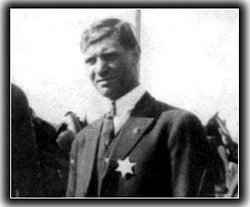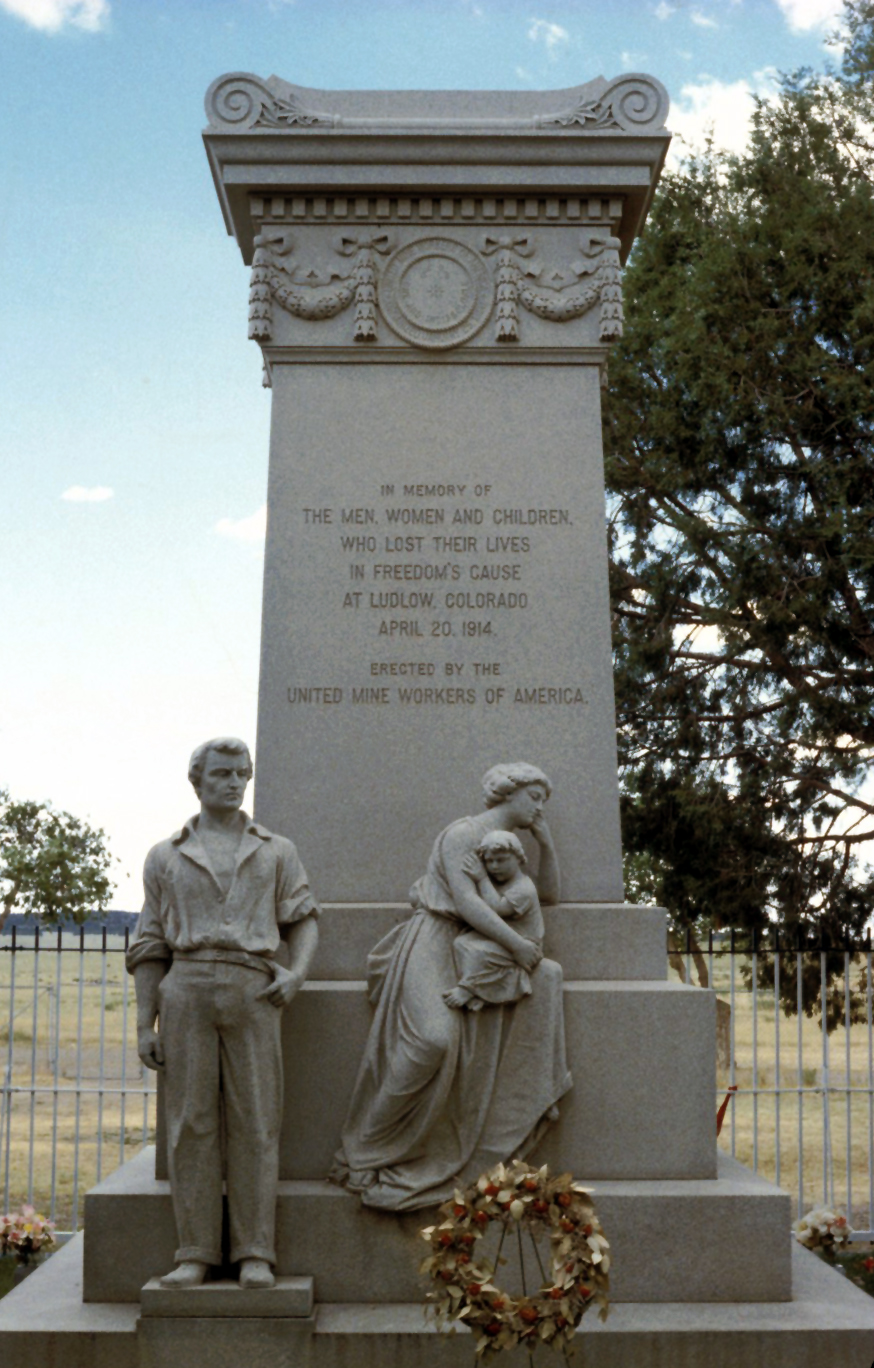 |
| Ruins of coke ovens at Cokedale. Coke is made by heating soft coal in an airless atmosphere, so it is to coal as charcoal is to wood, sort of. |
In this case the ghosts are in a southern Colorado coal camp. The most infamous of those was Ludlow, the company-owned coal-mining town forever associated with the Ludlow Massacre of April 1914.
This ghost-hunting, however, takes place in nearby Cokedale (not to be confused with Coaldale, which is on the Arkansas River between Cañon City and Salida).
For the past several months, Light in the Dark Paranormal — a local group that specializes in ghost towns and mining sites — has focused its investigative efforts on the Cokedale Mining Museum, a onetime company store located in the heart of the former coal mining camp west of Trinidad.
These investigations, Paul Hill said, were prompted by reports of unusual activity from museum staff and even Cokedale's town clerk.
Cokedale's mining musuem.
"We conducted an initial investigation back in February," said Hill, joined by his wife Adrian and Louise Bosche in Light in the Dark Paranormal.
"And we discovered, quite readily and easily in a short time, quite a bit of evidence."
Evidence, Hill said, that included an antique wooden wire cutter mysteriously spinning around and Maglights turning on in response to questions.
That's all well and good. But I wonder if they would have the cojones to go ghost-hunting at Ludlow. Occasionally I visit the monument where the strikers died — the last time was in September — but I go only in the daytime, and the place gets under my skin even then.



